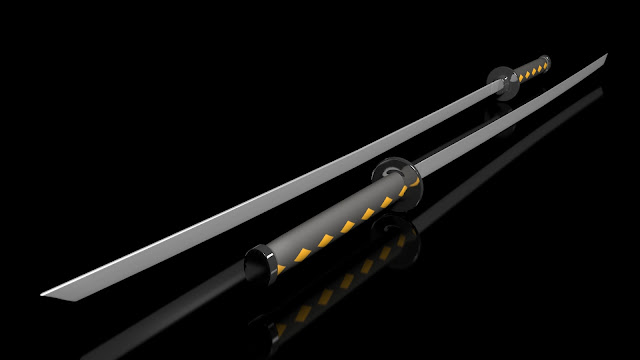Arc Reactor
Snooker Table MassFx
Walkcycle
Strong Poses
Squirrel Animation
12 Principles Of Animation
Stretch and Squash
This principle is used to give the object some weight and flexibility. When we see a ball meeting the point of contact , it quashes and when it jumps back , it stretches. The thing we need to keep in mind is the volume of the object , the volume does not change at all.
Anticipation
Anticipation means the action which happens before the main action. If we try to jump , we first bend and then jump , So here bending is the anticipation and jump is the main objective . Anticipation makes the animation for realistic as the audience gets the proper idea , what is going to happen next.
Staging
Staging means presentation of the idea and theme which must be proper and clear. In this principle focus must be on relevant stuff and removal of unnecessary details takes place. Here the audience will get to know about the idea and what the animator wants to convey.
Straight Ahead Action and Pose to Pose
Straight ahead means drawing each and every single frame of the movie. Here after drawing one frame the second frames comes and this goes on till the action inst completed.
Pose to Pose means drawing several main poses in a movie . For example drawing 1st frame then moving directly to 15th and then to 30th frame. Here the time is saved but animation would not be according to the user needs .
Due to this a new method comes into existence , that is knows as Hybrid method. This method is the mixture of straight ahead and pose to pose. Here not every single frame is to be drawn , but when there is need to improve the feel then a frame is drawn in between.
Follow Through And Overlapping Action
These both methods help to make to movement more realistic. Follow through means the action taking place after completion of the main action . If a person is trying to stop , his body will be in a position where he is trying to stop but his hands will rotate afterwards . This applies the laws of the physics. While overlapping action are those which are not in the control of the user but they must happen. Taking the same example of a boy trying to stop , then when is trying to stop , his hairs would come forward or maybe the shirt moves when he tries to stop.
Slow In Slow Out
Slow In and slow out refers to the motion of acceleration and slow down. To make animation more realistic the starting and end frames are drawn more than then middle ones.
Arcs
Arcs is the form of action made because of joints . When a hand moves , it creates and arc form. When the speed increase the arc tries to rotate more accordingly.
Secondary Action
Secondary action is the action which makes the main action more realistic. When a person whistles , the facial express changes , here whistling is the main action and the facial expressions are the secondary action.
Timing And Spacing
Timing and spacing means the number of frames which works as the support for the speed of the film. Correct timing would mean the obeying the laws of physics.
Exaggeration
Exaggeration means presenting the reality in a wider and extreme form. As when its comes to cartoons , showing the perfect reality would make animation dull and static , so at that point of time exaggeration is needed.
Solid Drawing
The animator must be skilled and must know about basics of weights , balance , light , shadows and 3d. In solid drawing the drawing from every angle must be a clear idea for the animator.
Appeal
Appeal refers to the attractiveness of the animation. Its not necessary that only cartoons look appealing even the monster can look appealing to the audience. Any complicated character wont look appealing.
-These principles are given by Ollie Johnston and Frank Thomas



























